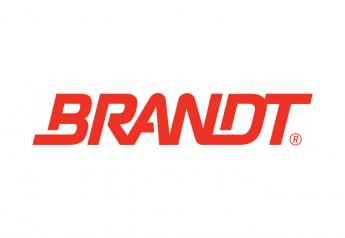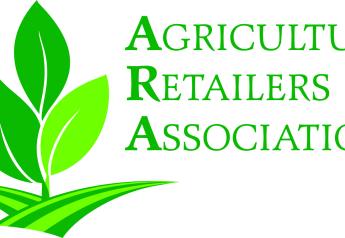Nutrien Monitoring Demand and Supply To Find Efficiencies

In its first investor call on Feb. 5, Nutrien leaders caused speculation about whether or not they were closing potash mines.
Nutrient was formed on Jan. 1, 2018 as Potash Corp and Agrium joined together. The new company boasts a global footprint of crop nutrient production and retail distribution with business in more than 14 countries.
Overall the company leaders say the company is well positioned to benefit from the recovery in the fertilizer market in the coming years. And the company is looking to continue to increase its footprint with acquisitions.
Nutrien leaders explained that they expect a tight supply of nitrogen through the spring of 2018. This is driven by lower Chinese exports and the demand growth in the U.S.
However, understanding near-term market conditions caused many analysts to ask questions during the conference call.
Nutrien leaders explain one of their focuses going forward is portfolio optimizing. They are seeking to deliver $500 million in savings by end of 2019—mostly through synergies in the new business. Two already realized examples given were a reduction in 200 railcars in the fleet and a reduction in total warehouse footprint.
They also referenced “optimizing production” and then discussed the company’s six Saskatchewan potash mines. They highlighted the Rocanville potash mine as the lowest-cost producer. In the last two years the company realigned its potash production by closing the New Brunswick mine and reducing the Cory mine to product white potash only. This past fall, the company limited production at another two mines for eight to 10 weeks.
“in the short-term, we need the six running,” says Raef Sully, executive vice-president of potash at Nutrien. And then he said the company will re-evaluate half way through the year. Late last week, Nutrien CEO Chuck Magro said phasing out any of the six mines was “absolutely not” being considered.







